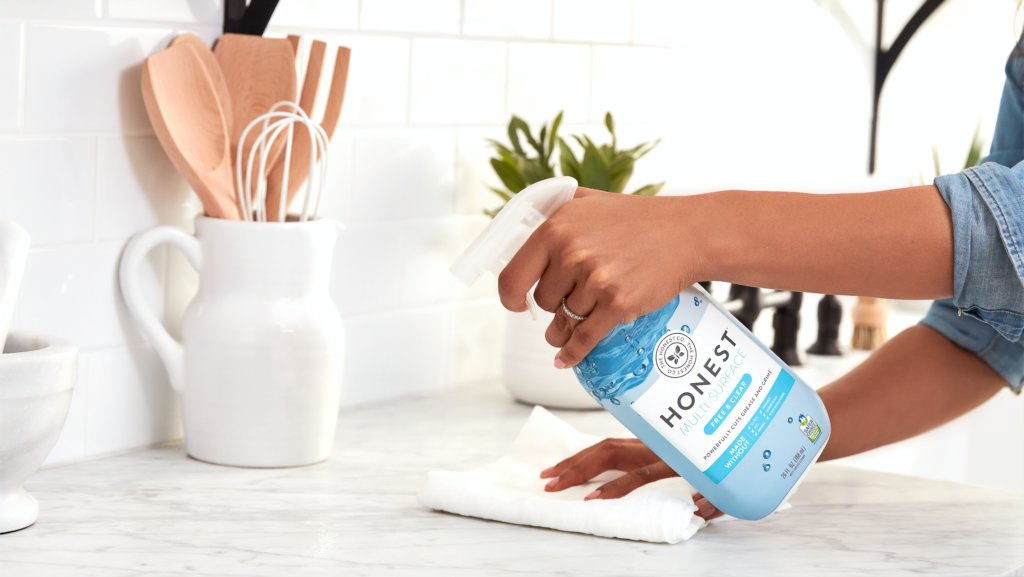In this new alternate universe we find ourselves living in, we're getting a lot of questions lately about cleaning and disinfecting. The terms cleaning, sanitizing, disinfecting, and even sterilization are thrown around and misused a lot these days, and I find most people don't really know what each term means exactly.
It's important, so let's get this straight. First of all, cleaning can be defined as the physical removal of contaminants from a surface. We accomplish this by suspending the contaminates in a cleaning solution and then physically removing them by rinsing or extracting.
This is always the first step in a good hygiene program, whether the surface you want clean is your hands, your dishes, your countertops, carpets, or anything else. Generally, we don't disinfect dirty surfaces unless cleaning is not possible. Cleaning will remove the vast majority of the surface contaminates so it makes sense to clean first.
This is why our health officials are recommending frequent and thorough hand washing first, and the use of hand sanitizer as second best option only when washing with soap and water is not practical or possible.
Sanitizing can be defined as treating or cleaning a surface with a chemical that reduces the number of germs (we'll use the term "germs" to refer to all bacteria, viruses, fungi, and protozoa that can cause disease) on a surface to an acceptable level. Primarily we use sanitizers on food preparation surfaces to keep the bacteria levels safe for humans without risking poisoning us with harsh chemicals that we might ingest. Sanitizers can reduce germs by up to 99%, but in real life uses this percentage can range wildly so it's best not to get too confident about their effectiveness in any given situation.
Disinfecting is another level up and these chemicals are designed to kill up to 99.9% of "germs" on a surface. Disinfectants are serious chemicals and need to be used in a specific manner depending on the pathogen you're trying to kill and the surface your working with. Disinfectants usually need to remain wet and in contact (dwell) on the surface for an extended period of time, 3-10 minutes or more, in order to be effective. There are a variety of different disinfecting chemicals used for different purposes and there are three levels of disinfecting, low, intermediate, and high.
So with that in mind, your handy disinfectant wipes are only going to be effective as a maintenance product. If the surface is thoroughly and frequently cleaned and regularly disinfected, these wipes are great for daily maintenance of frequently touched surfaces like doorknobs and light switches, handrails, etc... but are not a substitute for initial cleaning and disinfection.
Sterilizing is the next level up and can be defined as a process that renders a surface free of all living microorganisms. All forms of life eliminated. For example, we sterilize surgical instruments for obvious reasons.
So basically in order to maintain a healthy home environment or place of work, you'll want to clean all the surfaces in your home regularly and frequently, how frequently depends on use. A busy home with multiple occupants, kids and animals, and lots of visitors will obviously require more frequent cleaning than a single occupant dwelling.
Sanitize your kitchen counters daily after each meal prep, and disinfect all frequently touched surfaces such as doorknobs, handrails, light switches, all bathroom surfaces that get touched including toilets, cabinets, and shower stalls.
Likely nothing in your home needs to be sterilized. Unless you're a doctor, or a vet, or a dentist working out of your home I suppose...
With this information, you'll be able to apply a good approach to keeping surfaces in your home clean and your family safe along with other best practices such as sneezing or coughing into a tissue or your shirt sleeve and generally avoiding touching your face. Also don't pick your nose or your teeth. Please don't do that.

